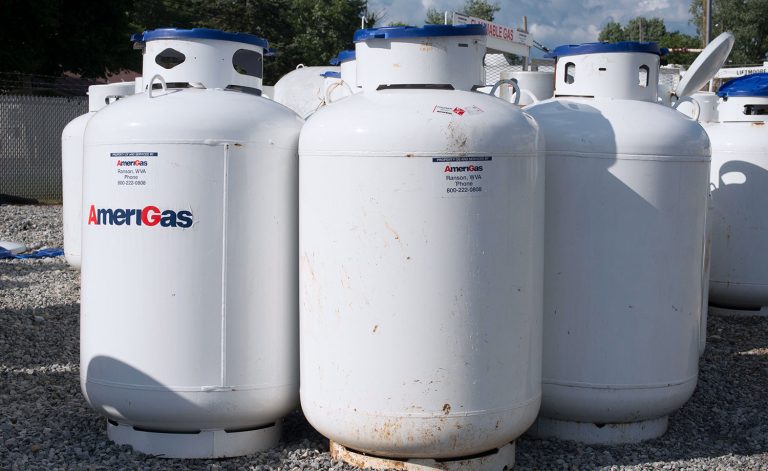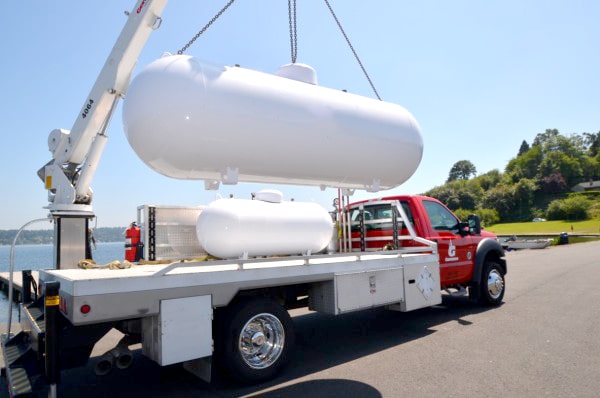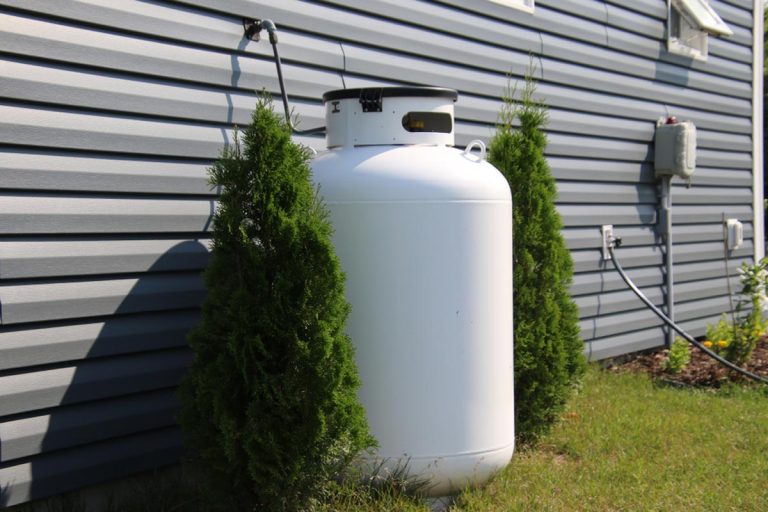Office Address
Email Address
Propane is one of the safest and most convenient ways to heat your home. In most cases, propane systems require little more than routine maintenance and annual fill-ups to stay working their best year-round. That being said, there are some things to consider during the winter months when temperatures drop.

Propane reverts to a liquid at -44°F — temperatures that are rarely encountered in the mid-Atlantic region. However, colder conditions do cause the volume of liquid propane to shrink, which can lower the internal pressure of a tank. Low internal pressures will affect gauge readings, making it seem like you have less fuel than you actually do. An experienced delivery technician will account for this when checking and filling your tank. In most cases, cold weather pressure changes aren’t significant enough to affect your system’s ability to heat your home. However, in extreme cold, it is possible that heater performance will suffer and that, on rare occasions, failure will occur. Fortunately, there are ways to protect your propane tank in the cold.
Preventing pressure changes in a propane tank isn’t difficult, but it does require some vigilance, particularly when temperatures drop into the negatives. To avoid a problem:
Following the above tips will not only prevent cold weather pressure problems, but they’ll also minimize wear and tear, improve efficiency and extend the life of your heating system.
Keeping your system running its best is only one part of propane heating in the winter. It’s just as important that you work with a reliable delivery partner. As noted above, a good fuel delivery company will use volume correction devices to ensure proper refill amounts during the winter. More than that, a good company will plan accordingly for inclement weather, keeping their fleet well-maintained to prevent a breakdown in the ice and snow. They’ll also be proactive about keeping their clients filled up before emergency service is necessary.

Yes, technically propane can freeze, however, it is highly unlikely for temperatures to reach a low enough temperature. When temperatures drop, you should ensure you check your propane tank for any damage or loss of pressure to ensure your propane tank is full and prepared for the winter.
The freezing point of liquid propane is -306.4˚F. Propane reverts to it’s liquid form at -44˚F.
Cold temperatures can cause the volume of liquid propane to shrink, lowering the internal pressure within the tank. This can impact gauge readings to show less fuel than you actually have. Experienced technicians will ensure they account for this when checking and filling your propane tank.
The boiling point of propane is -44 degrees Fahrenheit where it is vaporized and becomes a gas. After becoming a gas, it can then be used to heat homes around the world.
Before it starts getting cold outside, a propane tank should be able to provide heat throughout the winter efficiently. Follow these propane tank safety tips to help prevent damage and emergency repairs:
At least once a week in the fall, check the meter on your tank before the temperature starts to drop. Even if there’s half a tank full of propane one day, it could be gone by the time winter comes around. Once you notice the level dropping a little below halfway, call your local propane supplier to refill your tank so that your home has enough fuel to last you through the winter. You wouldn’t want to have to request an emergency refill in the middle of a snowstorm.
Be sure to also schedule an inspection to ensure the tank’s components are in excellent condition. If you only use propane for heat, you may not have used the tank for several months during the summer. A technician can inspect all the parts of your tank and repair minor problems to prevent emergencies.
This device has an alarm that alerts everyone in the house to leave the area and call your propane technician immediately if there’s a leak. You can get one at your local home improvement store.
If your tank is cold, avoid trying to heat it yourself. Using an open flame or an electrical device with extreme heat can damage propane tanks. If the storage unit doesn’t have enough pressure to heat your house, call a technician to inspect and repair it.

The propane tank needs adequate ventilation to get the carbon monoxide out of your house. After not using it all summer, debris from animals or nearby trees could have accumulated in your vents. Check the ventilation system to ensure the air can flow freely. If you notice obstructions in the vents, call in a professional to have the system inspected and cleaned.